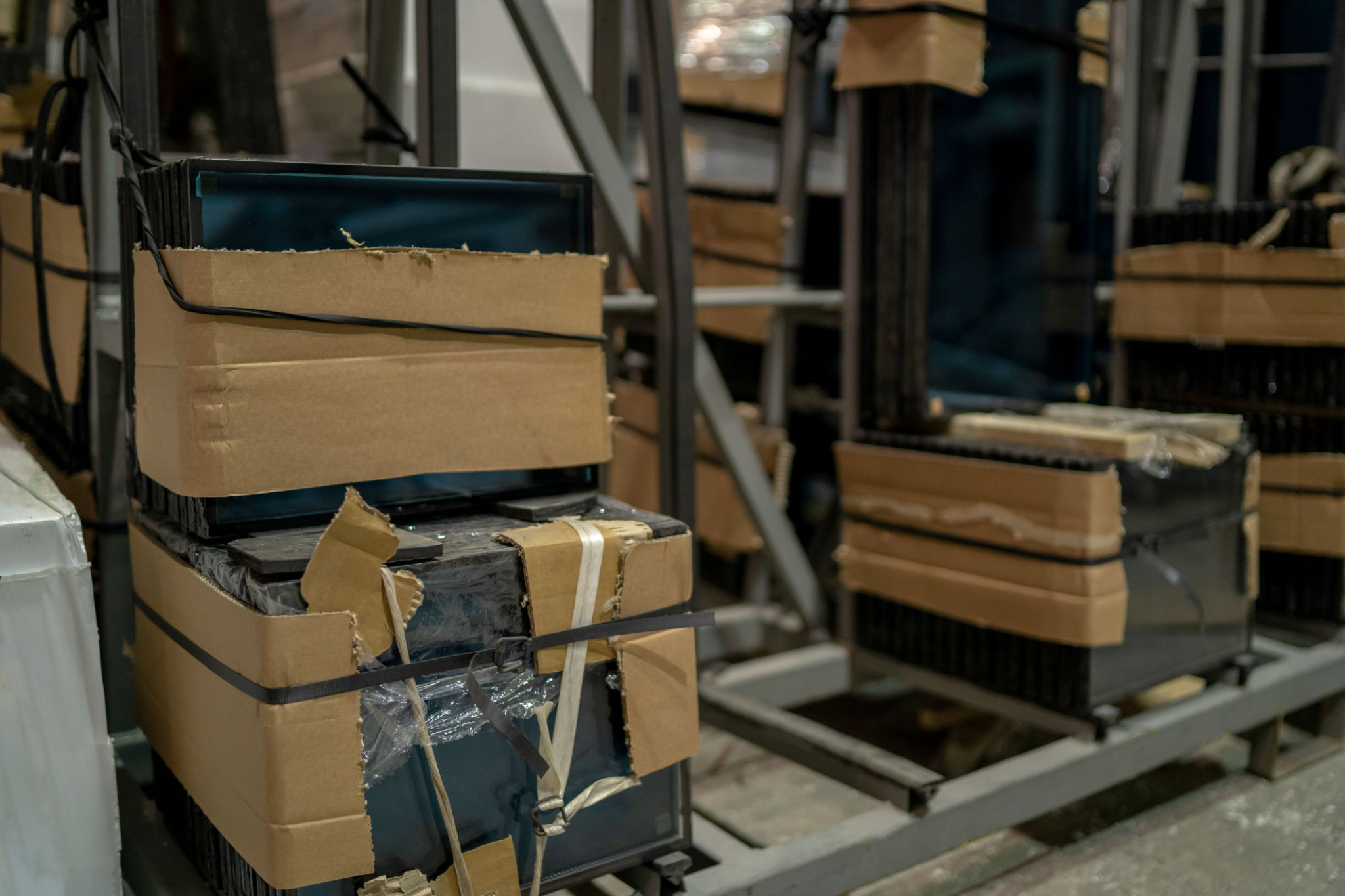How to Insulate Your Shipping Container Home for Australian Climates
Understanding the Importance of Insulation
Insulating your shipping container home is crucial for maintaining a comfortable living environment, especially when dealing with the diverse Australian climates. Whether you're facing the heat of the Outback or the cooler temperatures of Tasmania, proper insulation can make all the difference. Not only does it help in temperature regulation, but it also reduces energy consumption, keeping your home eco-friendly and cost-effective.

Selecting the Right Insulation Materials
When insulating a shipping container home, selecting the right materials is essential. The choices range from traditional materials like fiberglass to modern solutions such as spray foam. Each material has its own set of advantages and disadvantages.
Fiberglass insulation is affordable and readily available, but it may not provide the best protection against moisture. On the other hand, spray foam insulation offers a higher R-value, excellent moisture resistance, and superior air sealing properties. However, it tends to be more expensive. Consider your budget and climate needs before making a decision.
Eco-Friendly Insulation Options
For those looking to maintain an environmentally conscious lifestyle, there are several eco-friendly insulation options available. Materials such as sheep’s wool, recycled denim, and cellulose are not only sustainable but also provide excellent thermal performance. These alternatives can be particularly appealing for those living in regions with moderate climates.

Installation Techniques for Optimal Results
Proper installation is key to maximizing the effectiveness of your insulation. One popular method is external insulation, which involves applying a layer of insulation on the outside of the container. This approach helps maintain the interior space while providing a seamless barrier against external elements.
For those preferring to insulate from the inside, consider using batt or panel insulation. Ensure all gaps and seams are sealed properly to prevent thermal bridging, which can significantly reduce the effectiveness of your insulation.
Addressing Moisture and Ventilation
Moisture control is a critical aspect of insulating shipping container homes. Without proper handling, condensation can lead to mold and structural damage. Incorporate a vapor barrier in your insulation strategy to prevent moisture penetration. Additionally, ensure adequate ventilation to maintain air quality and prevent humidity build-up.

Cost Considerations and Budgeting
Budgeting for insulation involves considering both material costs and installation expenses. While it might be tempting to cut corners, investing in quality insulation can lead to significant savings on energy bills in the long run. Evaluate the long-term benefits against initial costs to make an informed decision.
For DIY enthusiasts, installing insulation can be a cost-effective option, provided you have the necessary skills and tools. Otherwise, hiring professionals might be worth the investment to ensure optimal results.
Final Thoughts on Insulating Your Container Home
Insulating your shipping container home effectively requires careful planning and execution. By understanding your climate needs and choosing the right materials and techniques, you can create a comfortable and energy-efficient living space.
Remember, the key to successful insulation lies in balancing cost, efficiency, and environmental impact. With the right approach, you can enjoy your unique home while minimizing its ecological footprint.
